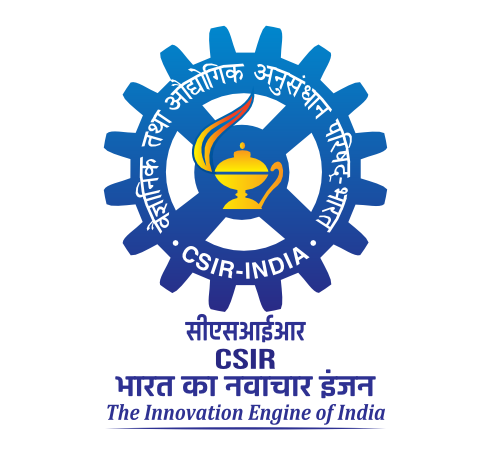Improving OCTA Image Quality for Alzheimer’s Diagnosis Using Autoencoder, Self-Attention and GANs
Madhu, C. K. and Aravinda, C. V. and Aruna Kumar, S. V. and Tejonidhi, M. R. and Vinod, A. M. and Raghunandan, K. R. (2025) Improving OCTA Image Quality for Alzheimer’s Diagnosis Using Autoencoder, Self-Attention and GANs. International Journal of Intelligent Engineering and Systems, 18 (7). pp. 1-17.
|
PDF
2025083101.pdf - Published Version Restricted to Registered users only Download (1MB) | Request a copy |
Abstract
Optical Coherence Tomography Angiography (OCTA) imaging has emerged as a crucial non-invasive technique for early detection of Alzheimer’s disease (AD) by analyzing retinal microvascular changes. However, OCTA images often suffer from noise and low contrast, which can hinder accurate feature extraction and diagnosis. This paper presents a novel deep learning-based denoising framework that integrates an autoencoder, self-attention mechanism, and Generative Adversarial Network (GAN) to enhance the quality of OCTA images for Alzheimer’s detection. The autoencoder effectively extracts noise-free latent features, significantly reducing noise while preserving essential microvascular structures. The self-attention mechanism refines these features by capturing long-range dependencies, ensuring the preservation of fine-grained retinal details. Finally, the GAN framework enhances image realism by discriminating between real and reconstructed images, further improving the perceptual quality of the output. The model is trained using a composite loss function comprising mean squared error, adversarial loss, and perceptual loss to optimize both accuracy and visual fidelity. This study specifically addresses multiple noise types including horizontal strip noise, vertical stripe noise, Gaussian noise, speckle noise, and random stripe noise. Experimental results, as depicted in Figure 5, illustrate both original and corresponding noisy OCTA images. A comparative evaluation with state-of-the-art denoising methods (Table 1) demonstrates that the proposed approach achieves superior performance, with a Peak Signal-to-Noise Ratio (PSNR) of 75.10 and a Structural Similarity Index (SSIM) of 0.9890. These results significantly outperform existing methods such as SGIDN, StruNet, and Baseline +Res+SWT+PL, confirming the effectiveness of the proposed framework in enhancing OCTA image clarity and preserving diagnostic features. Consequently, this leads to more accurate and reliable Alzheimer’s detection from OCTA scans.
| Item Type: | Article |
|---|---|
| Uncontrolled Keywords: | Alzheimer’s disease, OCTA images, Denoising, GAN, Deep learning. |
| Subjects: | 000 Computer science, information and general works |
| Divisions: | Food Engineering |
| Depositing User: | Somashekar K S |
| Date Deposited: | 25 Sep 2025 09:33 |
| Last Modified: | 25 Sep 2025 09:33 |
| URI: | http://ir.cftri.res.in/id/eprint/19872 |
Actions (login required)
 |
View Item |

